Guides
Roku TV VS Smart TV: The Difference Which Is Right for You?

Cord cutters can stream movies and TV programs thanks to the advent of smart TVs, which eliminate the need for them to connect their televisions to a separate streaming device.
Roku TV is a kind of smart television that was developed by Roku, a company that specializes in the production of streaming media devices.
Those who want to watch live TV, stream on-demand movies and programs, and do other things might benefit from using either service. But what specifically differentiates the two from one another? This section will discuss the topic.
What exactly are these Smart TVs?
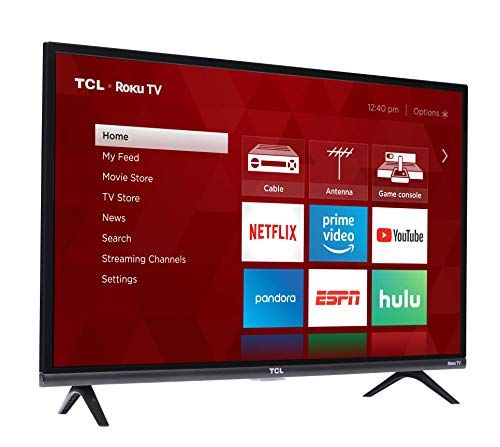
The term “smart TV” refers to any television set that is capable of connecting to the Internet and has an operating system (OS) that is pre-installed.
This OS is comparable to the OS that customers are used to using on their mobile devices.
Because of the internet connection and operating system configuration, users of smart TVs can download applications for their preferred streaming services, allowing them to watch live TV as well as stream movies, music, and TV episodes whenever they want.
What Sets Roku TVs Apart from Other Types Of Smart TVs?

The most significant distinction between a Roku TV and a smart TV is that Roku TVs use the streaming media player company Roku’s proprietary technology.
Element, Hisense, Hitachi, Magnavox, JVC, RCA, Sharp, and TCL are some of the TV manufacturers that Roku works with to deliver its streaming technology and user-friendly operating system.
Cord-cutters can purchase internet-connected TV sets at a cheaper price point while still receiving a high-quality product that has a straightforward user interface as a result of this development.
Users can get the same streaming applications and channels on their Roku-powered smart TVs since they utilize the same operating system platform as Roku’s streaming media devices.
Since the capability of Roku is built directly into a TV, there is no longer a need to put a Roku device into the TV to stream movies and TV episodes.
Users of Roku TV need just power on their television set, connect it to their home Wi-Fi network, and then rapidly access content from their preferred streaming services through the applications and channels available on Roku TV.
The majority of newly released Roku TVs provide customers with the ability to view material in resolutions as high as 4K, which is the greatest video quality that can presently be streamed. Several of these new Roku TVs also offer Dolby Vision high dynamic range (HDR).
How Much More Expensive Are Roku TVs Than Standard Smart TVs?
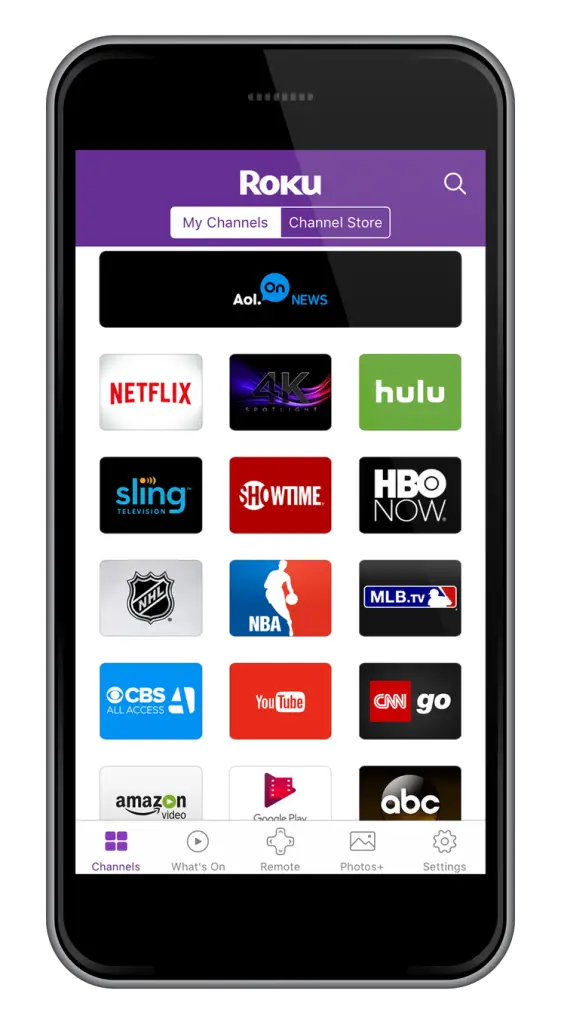
Prices for Roku and smart TVs might vary depending on the size and brand of a television set being bought; nevertheless, Roku’s devices are often less expensive than those of other smart TV manufacturers.
One of Roku’s regular 32-inch TCL Roku TVs may be purchased for as low as $118. Roku’s whole line of smart Televisions is now available.
There is a Roku TV model for every price point, ranging from free to $1,999 for a high-end 75-inch 4K Ultra High Definition (UHD) with Dolby Vision high dynamic range (HDR) TCL device.
Roku TVs are manufactured by TCL. The electronic gadgets may be purchased from a variety of online stores (such as Amazon, Best Buy, and Walmart) at a wide range of price points.
The price of other versions of smart TVs, such as those that are powered by Amazon Fire TV or those produced by companies like Samsung and Sony, is often more.
A smart TV with a screen size of 32 inches may be purchased for around $200, while Samsung smart TVs with features ranging from entry-level to mid-range can be purchased for approximately $400 to $600.
Yet, the cost of smart Televisions with more sophisticated features might be much greater. For instance, Samsung’s most recent 8K television, the Q700T, is available in 55-inch and 65-inch screen sizes and starts at $2,700, although the company’s flagship 8K gadget, the Q950TS, includes an 82-inch variant that retails for $13,000.
Roku TV offers a variety of smart Televisions that are of high quality but are still within most consumers’ price ranges.
These smart TVs allow cord-cutters to view their preferred streaming services straight via their TV set. Since these devices are powered by Roku’s technology and operating system, they are often less expensive than other smart Televisions currently available on the market.
What Really Is Roku?
Roku is a company that manufactures streaming media players. It generally develops media streaming devices, which provide cord-cutters with the ability to view their preferred streaming services by simply attaching the device to their televisions via the use of an HDMI connection.
Nevertheless, it also sells its technology to TV makers, which lowers the price of smart TVs and makes them more accessible to consumers.
What Exactly Is A “Smart TV”?
A television that can be connected to the internet is known as a “smart TV.” It comes with an operating system that, similar to how it works on users’ mobile devices, allows users to download applications for their preferred streaming services.
This gives customers the ability to stream music, and view movies and TV episodes on demand, as well as live-stream television.
What kinds of screen resolutions are offered by smart TVs?
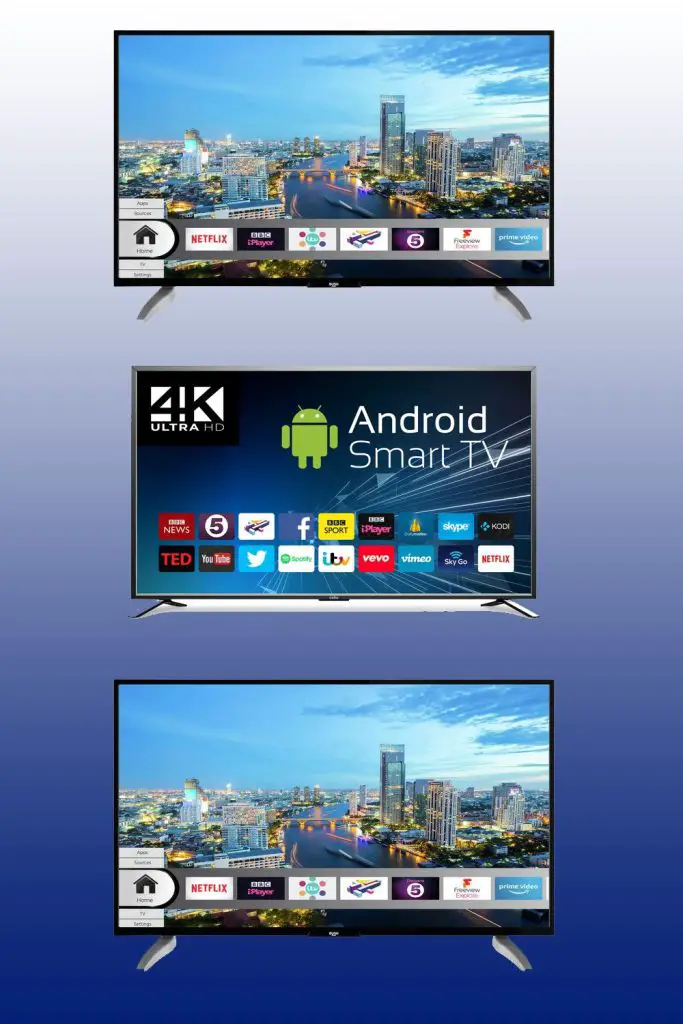
Modern smart Televisions, such as those made by Roku TV and others, often offer resolutions as high as 4K, which is currently the maximum visual quality that can be achieved while streaming content.
Yet, there are three different screen resolutions available for smart Televisions to choose from. They include:
The screen resolution that is most generally referred to as HD is 1080p, which is sometimes referred to as Full High Definition (FHD). Standard high-definition televisions make use of this screen resolution, which provides 1,920 by 1,080 pixels.
4K or Ultra High Definition: Most modern smart Televisions have a resolution of 4K, which is superior to regular HD in terms of both the number of pixels and the quality of the video it produces by a factor of four.
It has a resolution of 3,840 by 2,160 pixels, which results in a video quality that is more realistic and with more vibrant colours.
The greatest degree of visual quality that is now accessible in smart TV technology is referred to as 8K or Full Ultra High Definition (FUHD).
Its resolution of 7,680 by 4,320 pixels provides four times the amount of information and pixels than a 4K television does. Nevertheless, streaming of 8K video material is not currently possible at this time.
What kinds of advanced technologies are included in smart TVs?
The watching experience and the clarity of the image quality may both be improved with the help of the technology that is incorporated into smart Televisions.
The following are examples of some of the most popular types of technology:
LCD stands for liquid-crystal display, which is a technology that is used to power smart Televisions, along with other electronic gadgets such as mobile phones and smartwatches.
LCD displays include millions of pixels, each of which may be turned on and off thousands of times per second. This allows a backlight to produce a picture that is quite bright.
-
Light-emitting diode (LED)
LEDs are what produce the light that is released by LDC televisions, and the more LED lights a television has, the brighter it has the potential to be.
-
Mini-LED
: Mini-LED is a revolutionary LCD backlight method that reduces the size of LED lights, making it possible for a TV set to accommodate more of them. This allows for a more vivid and lifelike picture. Because of this, the TV screen may be made much smaller while yet providing increased brightness and contrast.
-
Organic LED
OLED displays produce their own LEDs, which means that the TV set does not need an LED backlight as its source of lighting. This is a significant advantage over conventional LED technology. They provide a striking contrast between dark colours and colours that are bright, which improves the viewing experience.
-
Quantum Dot LED (QLED)
A QLED television has an LCD screen that is covered with a quantum dot film layer and is illuminated using LEDs. This allows the smart TV to produce fundamental colours, such as blue, green, and red, that are more accurate, which ultimately results in a picture that is more realistic and colourful.
-
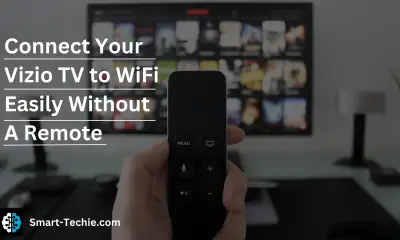
 Solutions2 years ago
Solutions2 years agoHow to Connect Your Vizio TV to WiFi Easily Without a Remote?
-

 Solutions2 years ago
Solutions2 years agoWhy is My Samsung TV Picture So Dark? Exploring the Possible Causes
-
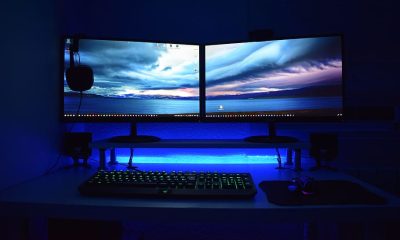
 Accessories2 years ago
Accessories2 years agoCan A Hdmi Splitter Extend The Display To 2 Monitors?
-
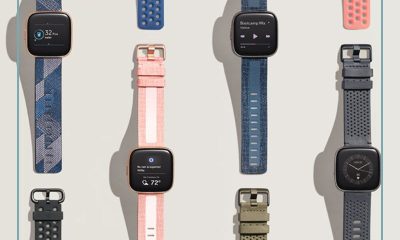
 Gadgets2 years ago
Gadgets2 years agoFitbit Symbols Meaning: What Do The Fitbit Icons Mean?
-
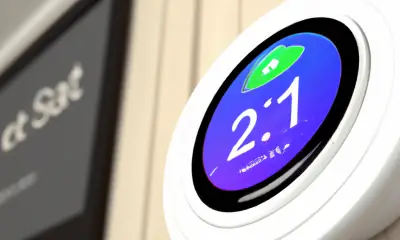
 Accessories2 years ago
Accessories2 years agoDo Smart Thermostats Run On Batteries? Let’s Find Out
-

 Solutions2 years ago
Solutions2 years agoWhy Can’t I Stream Netflix From My Phone? | Solution
-

 Solutions2 years ago
Solutions2 years ago8 Ways How To Stop Google Home Nest From Crackling
-

 Solutions2 years ago
Solutions2 years agoHow To Fix Charging Not Available? Iphone Liquid Detected




